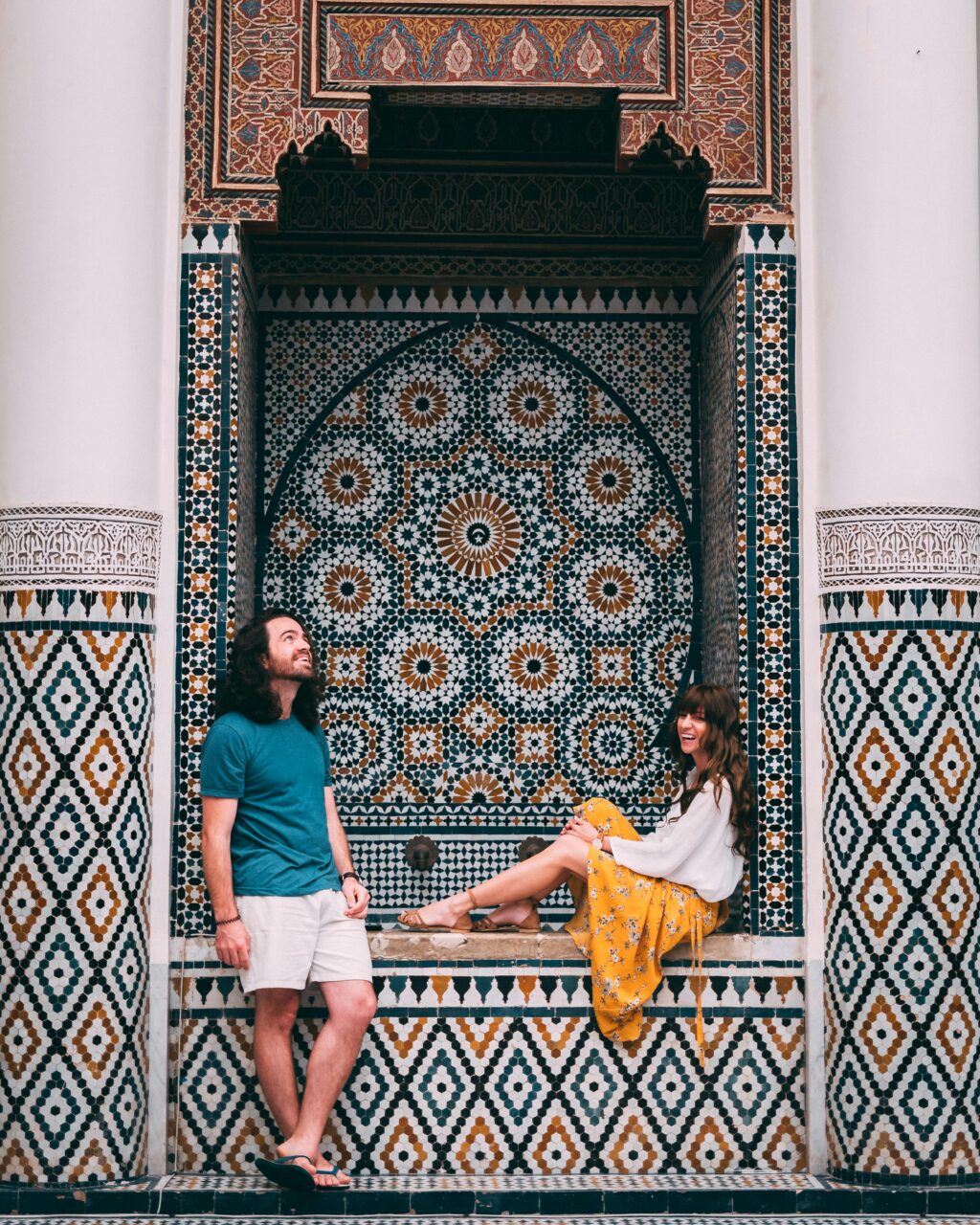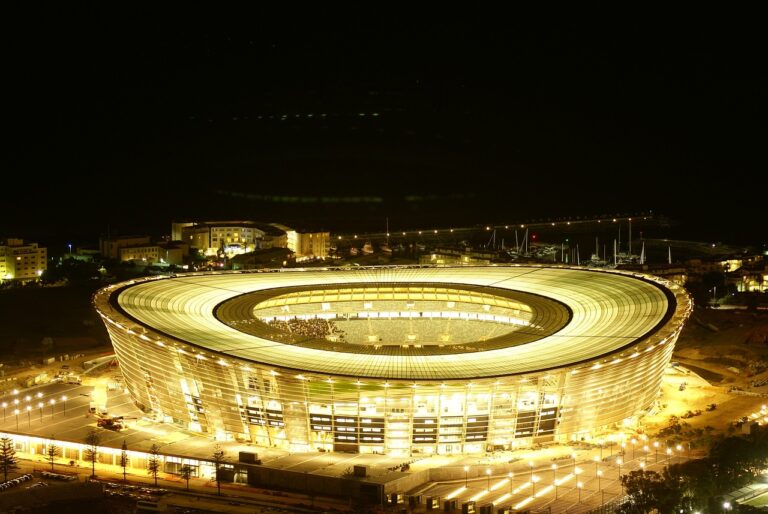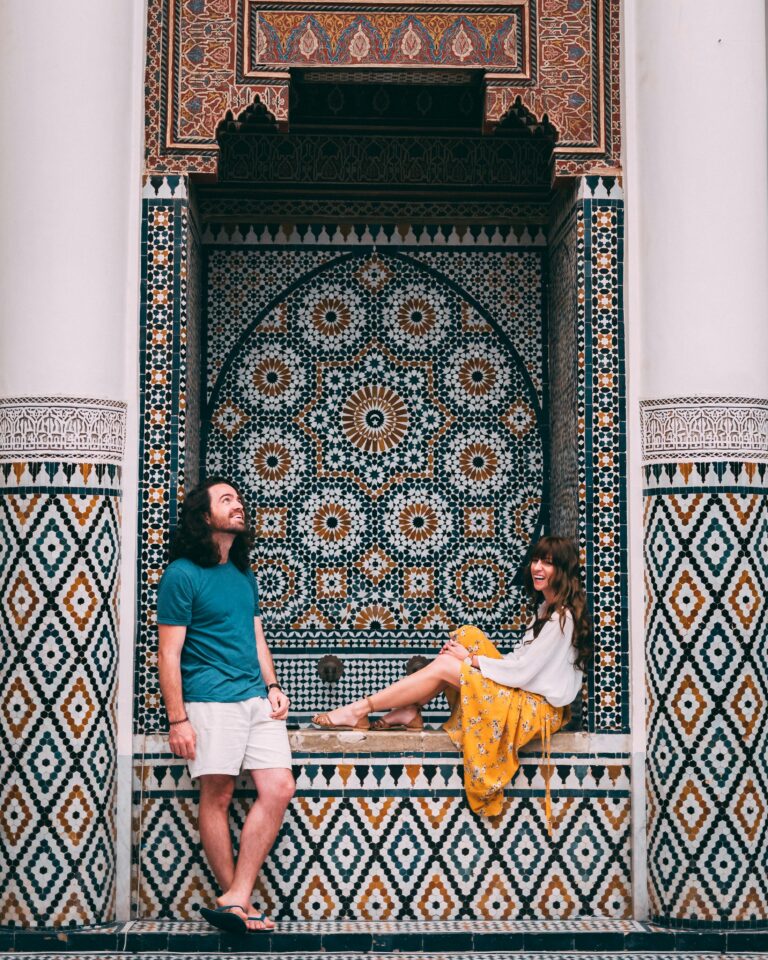
zellij Morocco
Zellij, a traditional form of Islamic decorative tilework, is one of the most significant aspects of Moroccan art and culture. Its rich history, intricate patterns, and symbolic meanings reflect Morocco’s deep ties to Islamic artistry, architecture, and craftsmanship. The history of zellij in Morocco is not just a tale of decoration but is also intertwined with the cultural evolution of the country, linking it to the broader history of the Arab world and Islam.
Origins and Development

Zellij’s roots can be traced back to the Umayyad Caliphate in Spain and North Africa. However, the art form truly flourished during the Almohad Dynasty (12th-13th centuries), particularly in Morocco. The Almohads, who sought to spread Islam and strengthen their empire, promoted Islamic art and architecture, including the intricate geometric and arabesque patterns that would define zellij tilework. While the technique spread across the Maghreb region, Morocco, with its unique combination of Berber, Arab, and Andalusian influences, became the heart of zellij production.
The tiles are made from terracotta and are glazed with a mixture of natural minerals, resulting in vibrant colors. These tiles are carefully cut into small pieces, which are then arranged to create complex geometric patterns, often using square and hexagonal shapes. Unlike Western mosaics, which typically depict figures or scenes, zellij is abstract, focusing on symmetry and geometry, reflecting the Islamic principles of balance, order, and infinity.
Cultural Significance
Zellij is far more than just an aesthetic form of decoration; it is deeply tied to Moroccan cultural identity and symbolism. The complexity of zellij patterns often represents divine unity, the infinity of God, and the order of the universe, concepts central to Islamic thought. The repetitive patterns are thought to symbolize the infinite nature of God, as the patterns never end, much like the eternal nature of the divine.
In Morocco, zellij can be found in mosques, palaces, fountains, and courtyards. The most famous examples are seen in the intricate tiling of historical landmarks such as the Marrakech Ben Youssef Madrasa, the Al Quaraouiyine University in Fez, and the Royal Palace in Rabat. These tiles not only add beauty but also serve to protect and cool buildings in the hot Moroccan climate, with water often flowing over them in fountains and reflecting pools, creating a sense of tranquility and harmony.
Zellij’s use extends beyond architecture and design. It has become a symbol of Moroccan craftsmanship, deeply tied to artisan guilds in cities like Fez, Marrakech, and Rabat. Master artisans spend years perfecting their skills in shaping, cutting, and assembling the tiles. The process is time-consuming and labor-intensive, requiring high levels of precision and attention to detail, and it has been passed down through generations.
Zellij and Moroccan Architecture
Moroccan architecture is widely recognized for its intricacy, and zellij is one of the primary elements that defines the Moroccan style. In many Moroccan homes, courtyards, and gardens, zellij tiles decorate everything from walls to floors to fountains, making the spaces vibrant and aesthetically harmonious. The distinctive blend of bright blue, green, yellow, and white tiles reflects the colors of Moroccan nature — from the blue of the sky and sea to the green of the mountains and fertile lands.
Riads (traditional Moroccan homes built around an inner courtyard) are classic examples of how zellij complements Moroccan architectural style. The tiles are often used to decorate fountains, which are a key feature in these homes, creating a peaceful and cool environment in the heat of the day. Zellij also covers the walls of these homes, where its intricate patterns draw visitors’ eyes upward, bringing a sense of awe and beauty.
Modern Relevance and Preservation
While zellij originated in ancient times, its relevance in modern-day Morocco remains strong. Many contemporary Moroccan interior designers and architects incorporate zellij into their work, blending traditional and modern styles. International interest in Moroccan decor and design has led to a revival of zellij, making it a sought-after material for both traditional and contemporary buildings.
Efforts to preserve this craft are also underway. Zellij has been included in Morocco’s UNESCO Intangible Cultural Heritage list, ensuring that this rich art form will continue to be protected and passed on to future generations. Artisans continue to produce zellij by hand, keeping alive centuries of tradition, but they are also innovating with new designs and techniques, ensuring that the craft evolves with the times.
Conclusion
Zellij is far more than a beautiful tilework tradition in Morocco; it is a vital part of the country’s cultural fabric. Through its complex patterns, vibrant colors, and intricate craftsmanship, zellij reflects the essence of Moroccan identity and heritage. As it continues to be incorporated into modern design, the tradition of zellij maintains its significance as a timeless art form that represents not only the creativity and skill of Moroccan artisans but also the deep cultural and spiritual values of Morocco itself.




